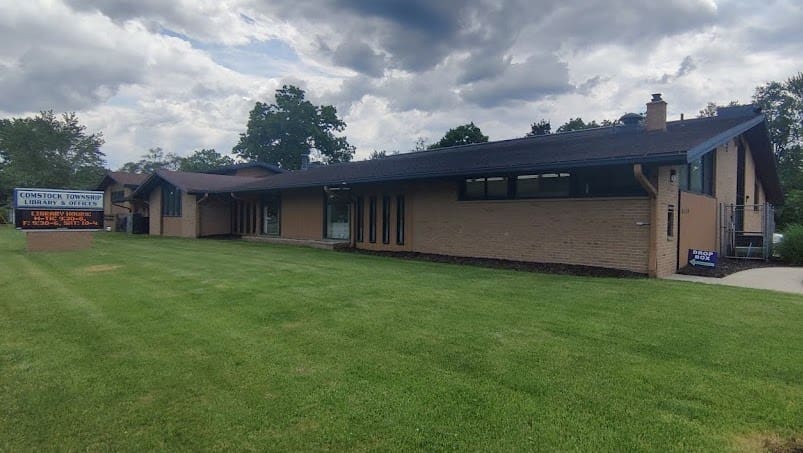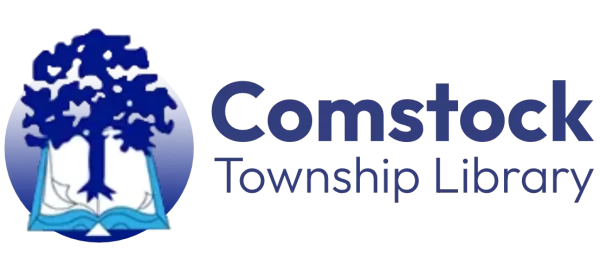History of Comstock Township Library
Here are some highlights of the Library's development through the years.

In August 1938, a library was started in Comstock Township as a state service under the Works Progress Administration, and was the first such library established in Kalamazoo County.
In early 1939, the Township provided a new location for the library and on May 2, 1939, the Township Board allocated $150 for library operations. From that time for the next 15 years, Township electors annually approved library operation grants.
In 1947, the Library moved to its Parcom Street location and a provisional Library Board was appointed by the Township Board.
On December 30, 1951, a special election approved the purchase of property at the corner of King Highway and Brookview Drive for the future expansion of the library.
On April 5, 1955, another special election approved a free library and established a one mill tax levy for library operations.
On May 2, 1955, the construction of a new library building was authorized and a new 6-member Library Board was appointed.
By 1969, the Library had outgrown its existing building and an addition was constructed.
In 1973, the Library began receiving state revenue sharing, which assisted with operation costs.
On January 10, 1984, a special election approved a bond issue to construct an addition to double the size of the existing building and connect it to the neighboring Township Hall.
In April 29, 1989, the Comstock Township Library celebrated its 50th year of continuous service.
In the years since then, and up until present day, the Library has continued to serve as a source of knowledge for the Comstock community.
